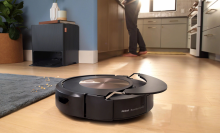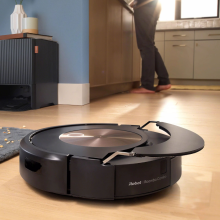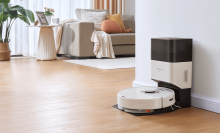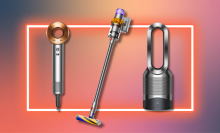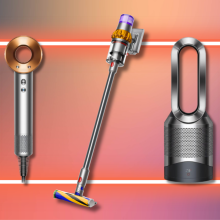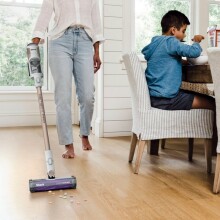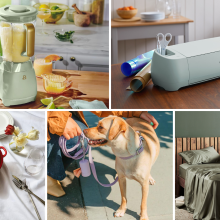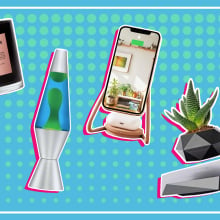Robot vacuums can get pretty pricey, with some of the more beastly options running near (or over) the $1,000 mark. But the normalization of automated appliances at home is also pushing tech advancements toward the low-budget end of the spectrum, too. If you can find a bang for your buck, a robot vacuum is just as practical of a purchase as a cheap upright vacuum.
If you don't need all the bells and whistles — smart home mapping, smartphone app integration, and self-emptying docks — then you don't have to spend that much money to get a vac that'll still welcome you home to a crumb-less floor.
Are robot vacuums worth it?
Robot vacuums are worth it if you are someone who doesn't have time to vacuum regularly, someone who physically can't vacuum, or someone who simply doesn't like to vacuum. (All are very valid.) They're undoubtedly a time-saving appliance to have in your home gadget lineup — that is, if the robot vacuum actually performs the way it's supposed to.
Low-budget robot vacuums pose the risk of being more trouble than they're worth for that exact reason: they're low budget. You don't necessarily need the foregone luxuries like automatic emptying or zone cleaning to have a satisfactory robot vacuum experience, but you do need the robot vacuum to do more than push debris around and not get lost five minutes into a job. If a manufacturer skips on sensors or suction power to keep the price down, you'll be paying $200-something to scream at an inanimate object.
You get what you pay for
Most bare-bones robot vacuums at least have the suction power and spinning brushes to handle sweeping up dirt, debris, and hairs from hard flooring. To lift embedded gunk out of carpet, you'll want to get a robot vacuum with a large center roller brush (preferably a rubber one) and reliable suction. Suction power, measured in Pascals, is a tricky spec to pin down. $200 robot vacuum listings aren't afraid to claim 2,500 Pa (rivaling high-end Roombas) when reviews clearly prove that they barely have an effect on carpet. Most vacuums in this list generally won't do well on high-pile, but we'll fill you in on which ones are the most capable.
Navigation is another clear indicator of how nice a botvac is. Most models under $300 aren't equipped with tech like VSLAM or LiDAR to map out the layout of your home, and they're certainly not going to be able to be sent to specific rooms with an app. Rather, they'll rely on other sensors to perceive large obstacles, walls, and drops, and either bump around in a completely random pattern or zig-zag in neat lines. That means they won't clean in the most efficient way and might miss a few spots — though most robot vacuums have sensors to detect dirt, so you shouldn't be left with any glaringly messy areas.
In any case, a cheap robot vacuum is mostly going to act as a supplemental cleaning device that does your day-to-day cleaning while still requiring you to do a deep cleaning every so often. They typically don't fully replace a standard upright vacuum. Though, they can if you have hard flooring or you don't need your home to be 100 percent spotless.
What is the cheapest robot vacuum?
You can find some pretty cheap off-brand robot vacuums. But remember that "cheapest" does not mean "best inexpensive" robot vacuum.
This isn't a list of the cheapest robot vacuums on the market — you can throw a price filter on an Amazon search for that. Rather, it's a guide to the vacuums that'll be the most reliable given their price point. We've chosen $300 as the threshold so as to not ice out some true budget-friendly gems, like the lowest-priced Roomba ($274 at full price) and the LiDAR-equipped Wyze vacuum ($299 at full price).


